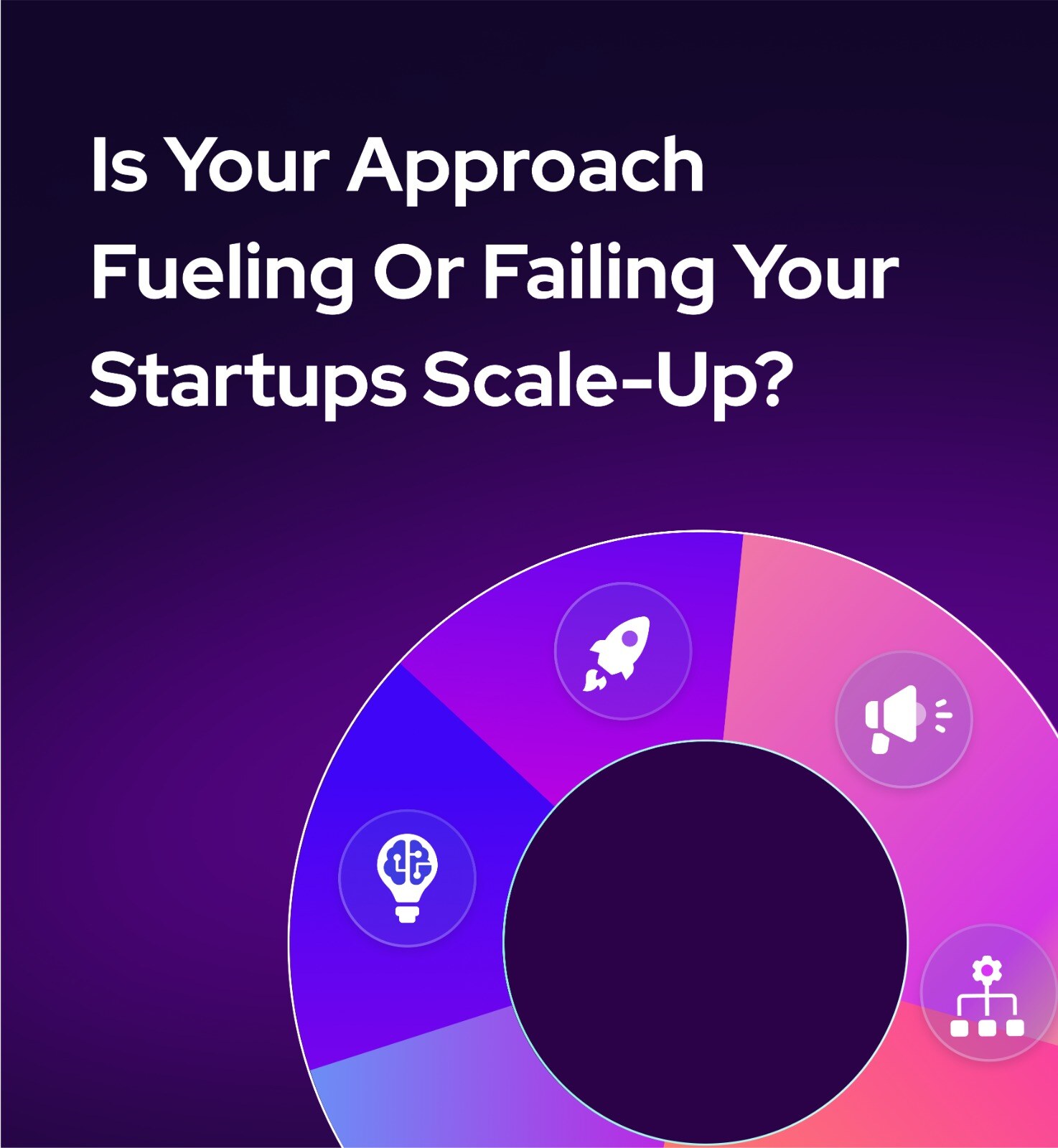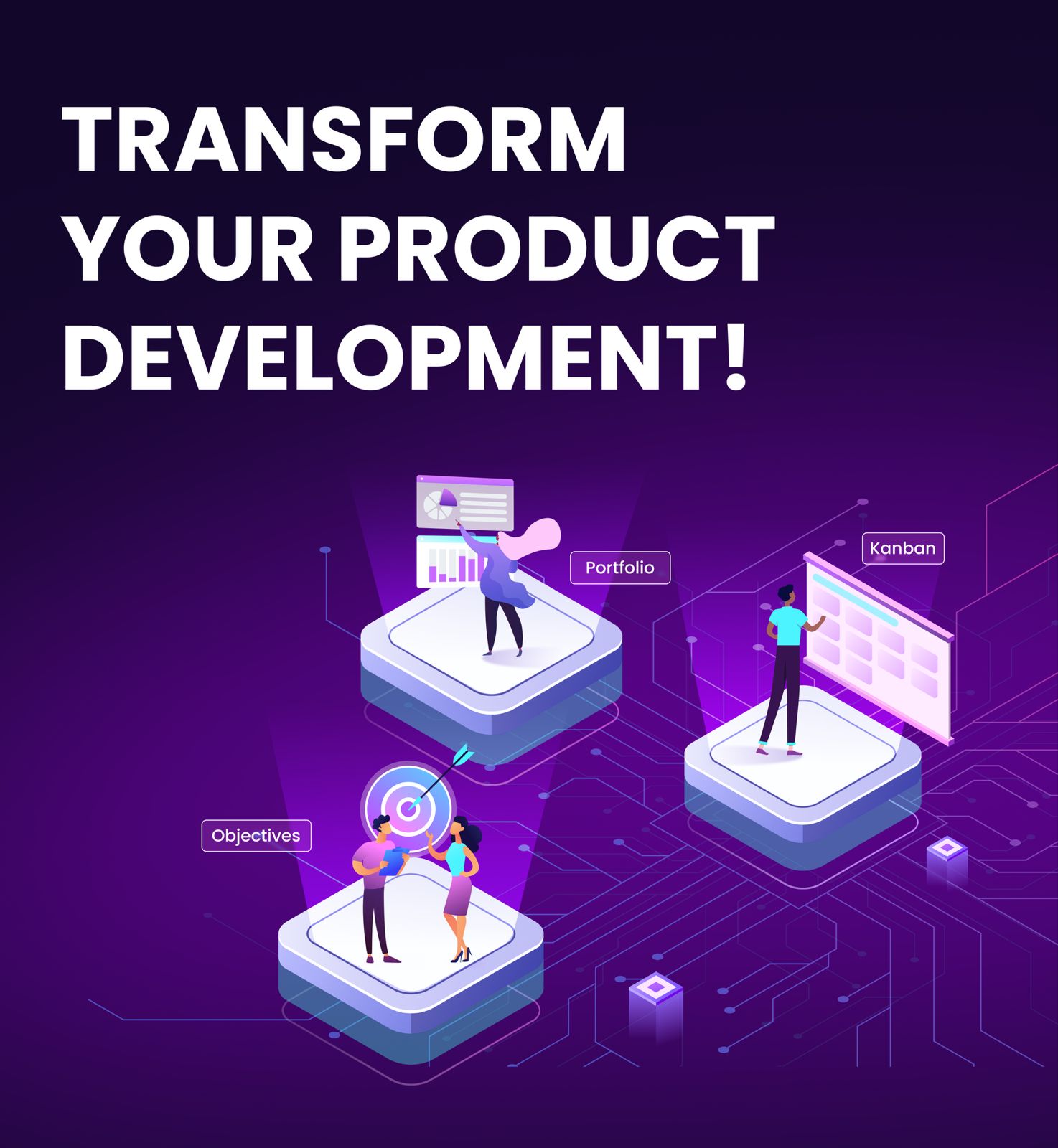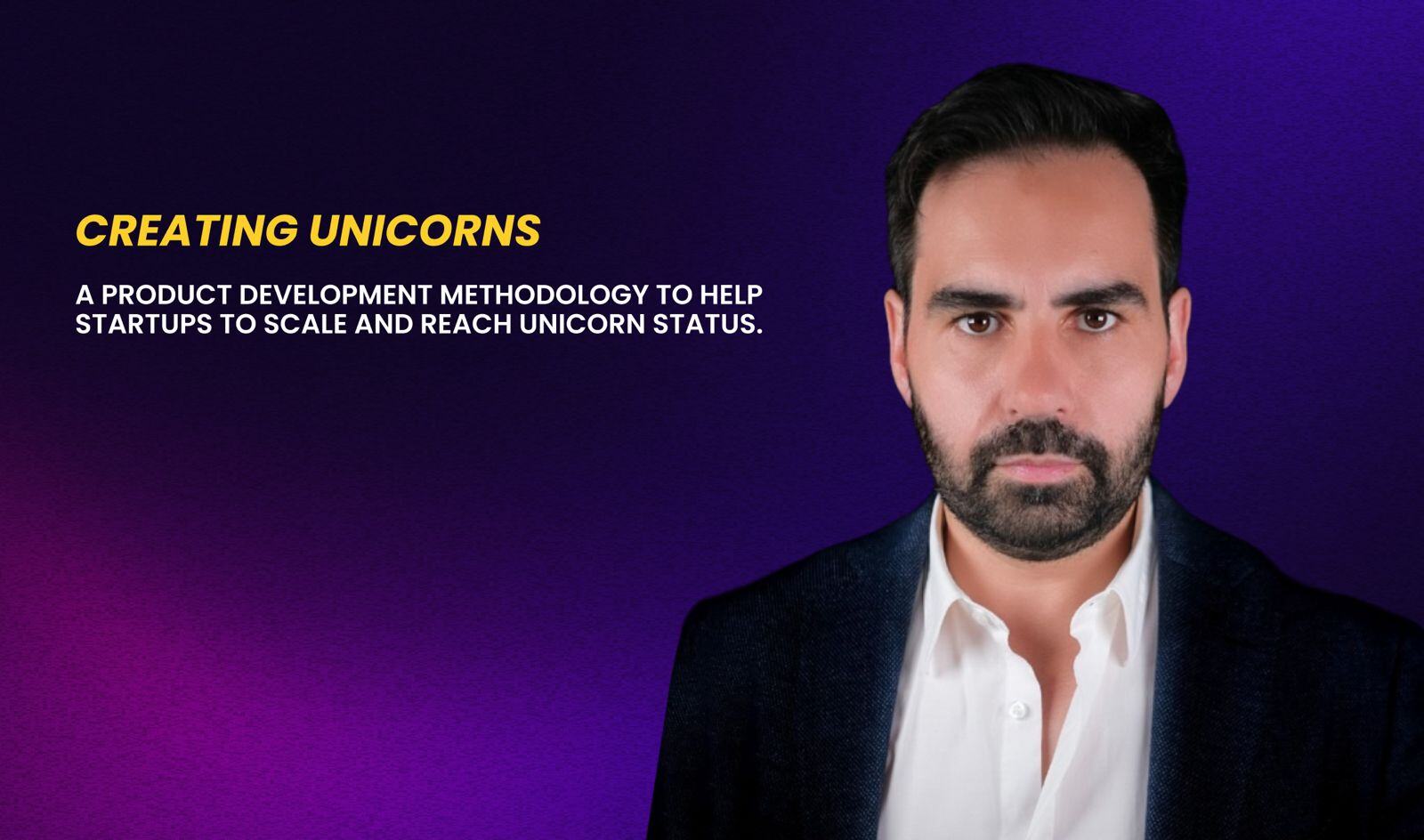12 Scaling Mistakes That Prevent Startups from Becoming Unicorns
In the exhilarating rush of building a startup, founders often unknowingly create structures that will eventually choke their ability to scale. Drawing from traditional business models or past experiences in established companies, many entrepreneurs inadvertently build organizations with fundamental limitations that become increasingly problematic as they grow.
The graveyard of failed startups is filled with companies that couldn't overcome these structural scaling mistakes. While the product might have been promising and the market opportunity real, the way the organization was built made it impossible to scale efficiently and adapt quickly enough to survive.
This comprehensive guide explores 12 critical scaling mistakes that prevent startups from achieving unicorn status, and provides actionable solutions to build a truly scalable organization from day one.
1. Organizing Around Functional Departments Instead of Value Streams
The Mistake: Many founders, drawing from traditional business models, structure their startups around functional departments such as engineering, marketing, sales, and customer support. This approach, while familiar, creates silos, hinders communication, and slows down the delivery of value to customers.
As the company attempts to scale, these silos amplify. Communication channels become more complex, handoffs between departments create bottlenecks, and the organization loses its ability to move quickly and adapt to changing market conditions.
The Solution: Build Your Organization Around Value Streams
From day one, structure your startup around value streams - the end-to-end flow of activities that deliver value to your customers. This approach ensures that all necessary capabilities and expertise are contained within cross-functional teams dedicated to specific products or customer segments.
Implementation Steps:
- Identify your core value streams that deliver direct value to customers
- Create cross-functional teams with all skills needed for end-to-end delivery
- Empower these teams with decision-making authority and accountability
- Minimize dependencies between teams to enable faster execution
- Foster T-shaped skills across team members
Benefits:
- Faster time-to-market as teams can make decisions quickly
- Improved customer focus as teams align directly with customer value
- Increased agility to respond to market changes
- Enhanced innovation through cross-functional collaboration
- Better scalability as new value streams can be added without disrupting existing ones
2. Strategy-Execution Misalignment
The Mistake: When your startup's high-level strategy doesn't translate into day-to-day execution, scaling becomes nearly impossible. This misalignment leads to departments working in silos, often with conflicting goals, preventing the cohesive effort needed for rapid growth.
As the startup scales, this misalignment amplifies. New hires struggle to understand the company's direction, resources are wasted on non-strategic initiatives, and the startup fails to capitalize on market opportunities due to a lack of coordinated effort.
The Solution: Implement Strategic Product Objectives
Align your entire organization around strategic product objectives that focus on delivering value to customers and achieving business outcomes.
Implementation Steps:
- Define clear product vision that guides all strategic decisions
- Use OKRs focused on product outcomes rather than departmental metrics
- Ensure department goals directly contribute to product objectives
- Create cross-functional teams around product objectives
- Implement product-centric KPIs that measure real success
Benefits:
- Improved alignment as the entire organization works cohesively
- Enhanced customer focus through objectives centered on product outcomes
- Increased agility to pivot quickly based on market changes
- Better resource allocation toward initiatives that directly impact product success
3. Setting Strategic Departmental Objectives Instead of Strategic Product Objectives
The Mistake: Many founders set objectives for individual departments (like sales, marketing, or engineering) rather than focusing on overarching product goals. This can lead to misalignment and suboptimal outcomes for the product and customers.
Marketing might optimize for lead generation while engineering focuses on feature delivery, but neither is directly tied to the actual customer outcomes that drive business success.
The Solution: Establish Product-Centric Goals and Metrics
Create a framework where all teams work toward shared product outcomes rather than departmental metrics.
Implementation Steps:
- Define product success metrics that reflect customer value and business impact
- Create shared objectives that cross departmental boundaries
- Implement regular cross-functional planning sessions
- Develop dashboards that show progress toward product goals
- Reward teams for product outcomes, not departmental achievements
Benefits:
- Unified direction across all teams
- Reduced internal competition and political maneuvering
- Improved product quality and customer experience
- More efficient resource allocation
4. Lack of a Product Governance Model
The Mistake: Many startups operate without a clear product governance model, leading to inconsistent decision-making, unclear priorities, and potential misalignment between product development and business strategy.
As the company grows, this lack of governance creates confusion about who makes decisions, how priorities are set, and how conflicts are resolved.
The Solution: Implement a Robust Product Governance Model
Establish a clear framework for making product decisions, setting priorities, and ensuring alignment between product development and overall business strategy.
Implementation Steps:
- Define clear roles and responsibilities for product decisions
- Create a product council for major strategic decisions
- Implement a tiered decision-making process for different types of decisions
- Establish product principles that guide decision-making
- Use a structured prioritization framework for evaluating initiatives
- Conduct regular product reviews to ensure ongoing alignment
Benefits:
- Improved decision-making consistency
- Better alignment between product and business strategy
- Increased accountability for product outcomes
- Enhanced scalability of product development efforts
- Reduced political infighting over priorities
5. Building Temporary Project Teams Instead of Stable Product Teams
The Mistake: Founders often assemble teams for specific projects, disbanding them once the project is complete. This approach leads to a loss of institutional knowledge, team cohesion, and long-term ownership.
As the startup scales, this project-based approach becomes increasingly inefficient. Teams constantly reform, requiring new ramp-up periods, and no one develops deep expertise in specific product areas.
The Solution: Create Stable, Cross-Functional Product Teams
Form long-lived, cross-functional teams that own entire products or features from conception to delivery and beyond. These teams build deep expertise in their domain and can respond more quickly to changes and challenges.
Implementation Steps:
- Identify core products or value streams that warrant dedicated teams
- Form cross-functional teams with all necessary skills
- Assign end-to-end ownership for specific product areas
- Implement agile practices within these teams
- Encourage skill development to enhance team capabilities
- Foster team identity and ownership
Benefits:
- Increased speed and agility in decision-making and execution
- Improved product quality through deep product knowledge
- Enhanced innovation from continuous team learning
- Better employee engagement and retention
- Reduced coordination overhead as the company scales
6. Neglecting Product Discovery
The Mistake: Many startups jump straight into building products without properly validating their ideas or understanding customer needs. They focus on delivery while skipping the crucial discovery phase.
This leads to products that don't resonate with customers, wasted development resources, and potentially fatal strategic errors as the company attempts to scale.
The Solution: Implement Continuous Product Discovery
Make product discovery an ongoing process that informs and guides your product development efforts.
Implementation Steps:
- Adopt design thinking methodologies to understand customer problems
- Conduct regular customer interviews to gather insights
- Use prototyping and MVP testing before full development
- Implement the Jobs-to-be-Done framework to understand customer motivations
- Conduct regular usability testing with real users
- Use analytics to uncover user behavior patterns
- Create a customer advisory board for ongoing feedback
Benefits:
- Improved product-market fit
- Reduced development waste on unwanted features
- Increased innovation through deeper customer understanding
- Enhanced customer loyalty from solving real problems
- Better ability to anticipate market changes as you scale
7. Treating Product Development as a Time-Bound Project
The Mistake: Founders often view product development as a project with a definite end date, after which the product is "finished." This mindset is fundamentally at odds with the ongoing evolution required in today's market.
As the company scales, this project-based thinking makes it difficult to continuously improve products, respond to market changes, or maintain competitiveness.
The Solution: Embrace Continuous Product Evolution
Recognize that in today's fast-paced market, products are never truly "finished." Build a culture and processes that support continuous improvement and evolution of your products.
Implementation Steps:
- Adopt a product lifecycle approach rather than project timelines
- Implement Continuous Integration/Continuous Deployment (CI/CD)
- Use feature flags for gradual rollouts and easy rollbacks
- Establish ongoing feedback loops with customers
- Implement agile methodologies that support iterative development
- Allocate resources for continuous product improvement
- Conduct regular product reviews to plan future enhancements
Benefits:
- Improved ability to maintain product-market fit over time
- Increased customer satisfaction through regular improvements
- Reduced risk compared to large, infrequent releases
- Competitive advantage from quickly evolving products
- More sustainable scaling by avoiding technical debt
8. Allowing IT to Drive Product Development
The Mistake: In many startups, the IT department ends up driving product development, leading to technology-centric rather than customer-centric products. Features are built based on technical considerations rather than market needs.
As the company scales, this tech-driven approach creates products that may be technically impressive but fail to solve real customer problems or achieve business goals.
The Solution: Empower Product Teams to Lead Development
Create strong product teams that have the authority and responsibility to drive product development based on customer needs and business goals.
Implementation Steps:
- Hire experienced product managers with business and technical skills
- Assign clear product ownership with decision-making authority
- Create cross-functional teams led by product management
- Use customer-centric methodologies like Jobs-to-be-Done
- Prioritize based on business value, not technical interest
- Foster product thinking throughout the organization
- Implement product discovery practices to validate ideas
Benefits:
- Improved product-market fit through customer-focused development
- Faster time-to-market for valuable features
- Increased innovation focused on solving real problems
- Better alignment between technical capabilities and business strategy
- More sustainable scaling through product-led growth
9. Implementing Rigid Annual Budgeting
The Mistake: Many founders start their companies with traditional, inflexible budgeting processes. They create detailed annual budgets, allocating resources to specific projects and departments. This approach, while providing a sense of control, severely limits a startup's ability to respond to market changes and opportunities.
As the company scales, this rigid budgeting becomes increasingly problematic, preventing quick pivots and efficient resource allocation.
The Solution: Embrace Lean Budgeting from Day One
Instead of annual budgets, implement a flexible, value-stream-based budgeting system from the start. This approach allows for quick pivots and ensures that your financial strategy aligns with your scaling goals.
Implementation Steps:
- Create quarterly rolling forecasts instead of annual budgets
- Allocate funds to value streams rather than departments
- Use capacity funding for teams rather than project-specific budgets
- Implement participatory budgeting involving team leaders
- Set up rapid reallocation mechanisms for emergent opportunities
- Align budgeting with OKRs and strategic objectives
- Conduct regular budget reviews to assess and adjust
Benefits:
- Increased agility to adapt to market changes
- Better resource utilization focused on value creation
- Improved alignment between financial decisions and strategy
- Enhanced ability to fund innovation as you scale
- More sustainable growth through efficient capital allocation
10. Rigidly Adhering to Fixed Requirements
The Mistake: Many founders start with a fixed vision of their product and create detailed, unchanging requirements. This rigid approach can result in products that miss the mark or become obsolete before they even launch.
As the company scales, this inflexibility makes it increasingly difficult to respond to market feedback or evolving customer needs.
The Solution: Adopt an Agile, Iterative Approach to Product Development
Embrace flexibility in your product development process. Start with a Minimum Viable Product (MVP) and iterate based on real customer feedback. This approach allows you to adapt quickly to changing market needs.
Implementation Steps:
- Embrace agile methodologies like Scrum or Kanban
- Start with an MVP to test core assumptions quickly
- Implement short development cycles for regular reassessment
- Dynamically prioritize your product backlog based on new learnings
- Use feature flags for gradual rollouts and easy testing
- Conduct regular user testing for continuous feedback
- Foster a culture that embraces change based on evidence
Benefits:
- Faster time-to-market through incremental delivery
- Improved product-market fit through continuous validation
- Reduced waste by avoiding unwanted features
- Increased flexibility to adapt to market changes
- More sustainable scaling through evidence-based development
11. Defining Success by Outputs Instead of Outcomes
The Mistake: Founders often fall into the trap of measuring success by the number of features shipped or projects completed, rather than the actual impact on customers and the business. This output-focused mindset leads to wasted resources and products that don't meet market needs.
As the company scales, this focus on outputs creates an illusion of progress while potentially moving away from actual customer value.
The Solution: Build a Culture of Outcome-Oriented Thinking
From day one, instill a culture that prioritizes customer-centric outcomes. This mindset will guide your team to focus on creating real value rather than just busy work.
Implementation Steps:
- Define clear outcomes for each initiative in terms of customer value
- Implement OKRs focused on meaningful outcomes
- Track customer metrics like satisfaction and retention
- Create value hypotheses for each feature or product
- Implement regular customer feedback loops
- Conduct outcome-based retrospectives and reviews
- Align incentives with achieving meaningful outcomes
Benefits:
- Improved product-market fit through outcome focus
- More efficient resource utilization on value-creating activities
- Enhanced customer satisfaction from solving real problems
- Better strategic alignment across the organization
- More sustainable scaling through focus on what matters
12. Focusing on Project Management Instead of Product Leadership
The Mistake: Many startups emphasize project management skills, focusing on timelines and deliverables rather than product vision and customer value. This creates an execution-oriented culture without strategic direction.
As the company scales, this lack of product leadership results in a collection of features rather than a cohesive, value-driven product that resonates with the market.
The Solution: Cultivate Strong Product Leadership
Invest in developing strong product managers who can own the vision for their products, understand customer needs deeply, and guide development based on market insights.
Implementation Steps:
- Hire dedicated product managers with business and technical skills
- Empower product managers to make strategic decisions
- Focus on gathering and applying customer insights
- Implement product discovery practices to validate ideas
- Create clear product vision and strategy documents
- Use data-driven decision making for product direction
- Foster cross-functional collaboration around product goals
Benefits:
- Improved product-market fit through customer understanding
- Clearer strategic direction for development efforts
- Faster decision making through empowered product leadership
- Enhanced innovation focused on market opportunities
- More sustainable scaling through product-led growth
Related Reading: Understanding Common Startup Mistakes
If you're looking to deepen your understanding of the challenges founders face, be sure to check out our comprehensive article on Common Startup Mistakes That Prevent Growth. This companion piece explores the critical errors founders make in the early stages that can severely limit their ability to scale later on.
The article examines key issues including working in rather than on the business, insufficient financial planning, and neglecting market validation – all essential insights for founders who want to build truly scalable organizations from day one.
Learn how to avoid these mistakes as part of a comprehensive scaling strategy: Scaling Startups: The Ultimate Guide to Explosive Growth.
Conclusion: Building for Scale from Day One
These scaling mistakes share a common thread: they all stem from applying traditional, project-based thinking to product-led startups. Success in today's dynamic market requires a fundamental shift in how we structure and operate our companies from the very beginning.
By avoiding these common scaling mistakes and implementing their solutions, founders can build organizations that are inherently scalable - capable of growing quickly while maintaining agility, innovation, and customer focus.
Remember that the decisions you make in the early stages of your startup will have far-reaching consequences as you scale. The organizational structures, processes, and culture you establish now will either enable or constrain your future growth.
The path to unicorn status isn't just about having a great idea or raising significant funding. It's about building a company that can scale efficiently and effectively, adapting to market changes while maintaining focus on delivering customer value.
By embracing a product-centric mindset from day one - organizing around value streams, implementing strategic product objectives, creating stable teams, focusing on outcomes rather than outputs, and establishing strong product leadership - you're not just preparing for scale. You're building an organization that's inherently designed to thrive in today's fast-paced, customer-driven market.
Are you a founder looking to avoid these common scaling mistakes? The Scaleup Methodology provides a comprehensive framework for building truly scalable organizations. By implementing its principles across sales, continuous delivery, agility, financial management, organizational design, talent development, and product strategy, you can create a foundation for sustainable growth and position your startup on the path to unicorn status.

Take The Test

Sign Up
You May Also Like
These Related Stories

Scaling in Business: Your Complete Guide to Sustainable Growth

Scaling Digital Product: The Complete Guide to Sustainable Growth
